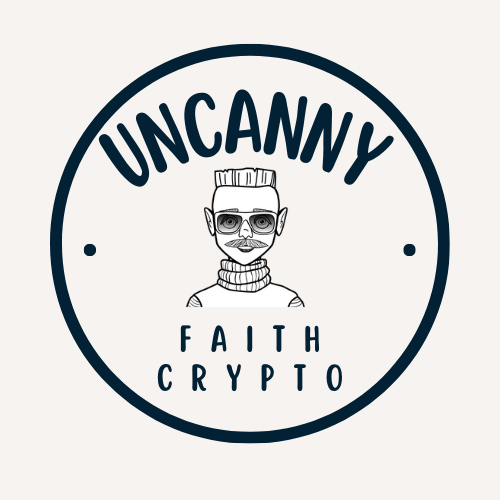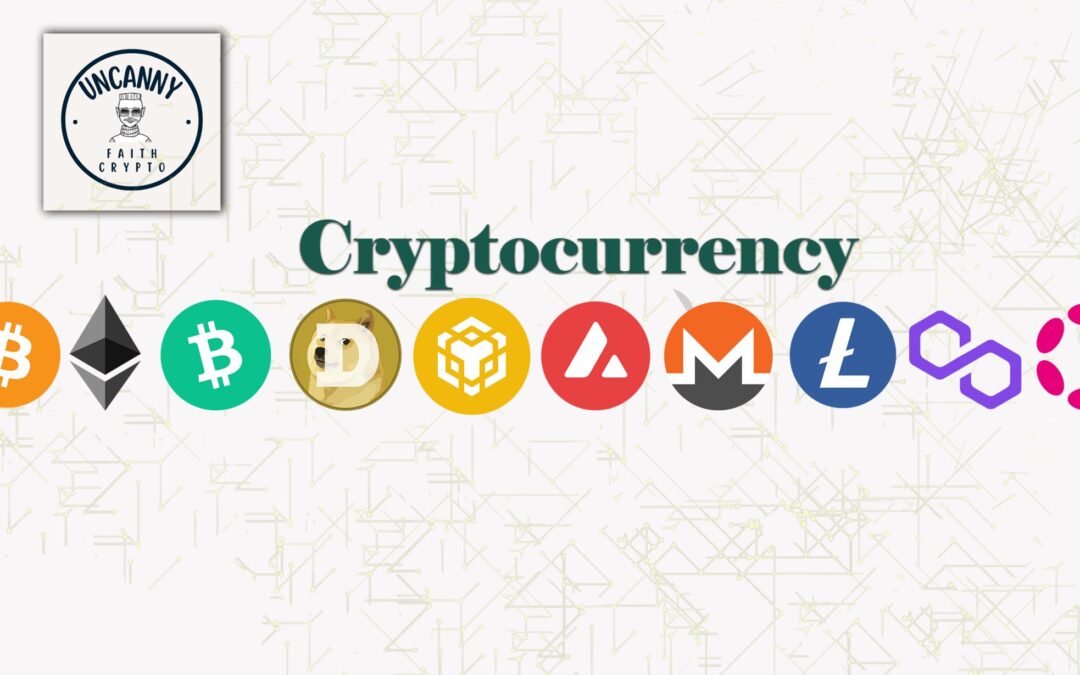Frax (FRAX) in 2025: Key Trends and Predictions Shaping the Future of Stablecoins
Stablecoins have emerged as one of the most exciting innovations within the blockchain and cryptocurrency ecosystem, providing a steady and reliable store of value in a volatile digital landscape. Among the growing pool of stablecoin projects, Frax has carved out a unique niche with its innovative fractional-algorithmic model, presenting a hybrid approach that balances stability and decentralisation. As we head into 2025, many investors, developers, and blockchain enthusiasts are keen to understand one pressing question: What does the future look like for Frax (FRAX) and the broader stablecoin market?
This detailed exploration will examine the trends shaping stablecoins, how Frax is poised to evolve, and what these developments mean for users, investors, and the global economy. Whether you’re new to cryptocurrency or a seasoned enthusiast, this article will equip you with insights into the potential trajectory of Frax and the future of stablecoins.
What Makes FRAX Different From Other Stablecoins?
Before diving into 2025 predictions, it’s important to understand what sets FRAX apart from other stablecoins. Stablecoins generally fall into three categories: fiat-collateralised (e.g., USDT, USDC), crypto-collateralised (e.g., DAI), and algorithmic (e.g., the now-defunct UST). Frax is a pioneer in the space, offering a hybrid approach that incorporates elements of both collateralisation and algorithmic design.
-
Fractional-Algorithmic Hybrid Model:
- Unlike fully collateralised stablecoins, which back their circulating tokens 1:1 with a fiat currency, or pure algorithmic coins that adjust supply dynamically without reserves, FRAX adopts a fractional reserve model. This model offers a balance of stability (through collateral) and scalability (through an algorithmic mechanism).
- The collateral ratio fluctuates dynamically based on market conditions, striking a balance between decentralisation and maintaining the peg to $1.
-
Governance and Decentralisation:
- Frax Protocol is governed by FRAX tokens (utility/governance tokens), allowing the community to play a crucial role in decision-making. This decentralised structure appeals to blockchain purists seeking alternatives to centralised stablecoins like Tether.
- Real-World Applications:
- FRAX has positioned itself not merely as a speculative asset but as a vital component in decentralised finance (DeFi), serving use cases in yield farming, lending, and liquidity pools.
The Growing Role of Stablecoins in the Global Economy
Stablecoins are no longer restricted to niche crypto circles—they now play a critical role in the financial ecosystem, enabling cross-border payments, decentralised lending, remittances, and much more. With global stablecoin circulation exceeding $120 billion by the end of 2023, this sector has seen explosive growth. But where could it head by 2025?
Predictions for the Stablecoin Market:
-
Regulation Shaping the Space:
- Governments have taken notice of stablecoins in recent years, with increasing regulatory dialogues. By 2025, many experts believe frameworks for stablecoin issuers, reserve audits, and compliance requirements will become the norm. Frax, with its hybrid approach, may stand to benefit, offering visibility and transparency while maintaining decentralisation.
-
Shift Toward Decentralised Stablecoins:
- Centralised offerings like USDT and USDC dominate today, but their reliance on custodial reserves makes them susceptible to censorship and regulatory scrutiny. By 2025, decentralised models like Frax could gain traction for users seeking censorship-resistant assets.
-
Cross-Border Adoption:
- Stablecoins like Frax could revolutionise global payments as countries embrace blockchain solutions for reducing transaction costs in cross-border remittances. This becomes even more crucial as traditional financial systems struggle to match the transparency, speed, and cost-efficiency of blockchain.
- Integration with Retail and Institutional Finance:
- Retailers and institutions may increasingly accept payments in stablecoins due to their efficiency. Frax could potentially position itself as a go-to protocol for businesses seeking scalable payment solutions, especially in emerging markets where fiat instabilities persist.
How Frax (FRAX) Could Evolve by 2025
Now that we’ve outlined the broader trends, let’s focus specifically on Frax and its trajectory in 2025. While no predictions are guaranteed, careful analysis of Frax’s strategy and the evolving stablecoin ecosystem yields several plausible scenarios for growth and innovation.
1. Expansion of the Frax Ecosystem
The Frax Protocol is already embedded within various DeFi applications, but there’s significant potential for expansion:
- DeFi Partnerships: By 2025, Frax is likely to expand its integration with DeFi platforms, enabling even more lending, borrowing, and yield opportunities.
- New Use Cases: Expect FRAX to serve not just in DeFi but in real-world applications such as payroll systems, international trade settlements, and gaming economies.
2. Strengthening Decentralisation
The push for decentralisation will define the next wave of Web3 innovations:
- Frax may further evolve its governance structure, empowering FRAX holders with greater decision-making influence.
- Transparent audits and on-chain proof of reserves could enhance trust and credibility, addressing potential regulatory concerns.
3. Multi-Chain Expansion
Operating exclusively on a single blockchain will no longer suffice, particularly as blockchain interoperability continues to mature. By 2025:
- Frax is expected to extend its presence across multiple blockchain ecosystems—Ethereum Layer 2s, Avalanche, Solana, and even emerging blockchains—to capture a wider audience.
- Interoperability will enable seamless cross-chain transfers of FRAX, increasing its utility.
4. Algorithmic Refinements
The algorithmic component of Frax provides a competitive edge, but continuous refinements will be critical:
- Advances in machine learning or AI integration could improve the protocol’s ability to respond to market dynamics, making Collateral Ratio adjustments smoother and reducing the risk of depegging events.
Key Risks and Challenges Facing Frax
While there’s immense potential for FRAX, no system is without risks. These are the challenges Frax may need to navigate on its journey toward 2025:
-
Regulatory Risks:
- As stablecoins come under increased scrutiny, Frax’s decentralised nature may pose challenges in aligning with regulatory frameworks.
-
Competition:
- Competition will remain fierce, with projects like DAI retaining a strong foothold as decentralised stablecoin pioneers, and algorithmic approaches needing to address past failures like Terra’s collapse.
- Scalability Dilemmas:
- As the user base grows, scaling the protocol for millions—even billions—of users while maintaining the integrity of the fractional-algorithmic model will require careful engineering.
What Can You Do to Prepare for the Future of FRAX?
Positioning yourself for the rise of stablecoins, particularly Frax, requires keeping abreast of developments and engaging with the ecosystem. Here are some actionable steps:
-
Stay Educated:
Follow updates from the Frax development team and broader stablecoin trends to remain informed. Forums, research reports, and community discussions are great sources. -
Participate in the Ecosystem:
Use FRAX in existing DeFi products like lending platforms or liquidity pools to explore its utility. The more familiar you are with Frax’s applications, the better prepared you’ll be to capitalise on new opportunities in 2025. - Evaluate Diversification:
Consider incorporating stablecoins into a diversified investment strategy. While FRAX offers unique benefits, understanding how it complements other assets is key.
FAQ: Key Questions About Frax and Stablecoins in 2025
1. How is Frax different from other algorithmic stablecoins?
Frax uses a fractional reserve model, combining the stability of collateralised systems with the scalability of algorithmic designs. It differentiates itself by dynamically adjusting its collateral ratio based on market conditions.
2. Will Frax face regulatory challenges in the future?
Like all stablecoins, Frax must navigate an evolving regulatory landscape. Its decentralised and partially collateralised structure may help balance compliance with the ethos of crypto independence.
3. Can Frax maintain its peg to the US dollar?
While no stablecoin is 100% risk-free, Frax’s fractional-algorithmic design has proven resilient. Continued refinements and real-time market adjustments could further strengthen its peg stability by 2025.
Conclusion
Frax (FRAX) has already set itself apart in the rapidly evolving stablecoin market, and its hybrid approach provides a glimpse into how stablecoins could look in the future. As 2025 approaches, the stablecoin ecosystem will likely become more integrated with global finance, decentralised applications, and real-world use cases. Frax, with its innovative fractional-algorithmic model, is poised to play a pivotal role in this transformation.
Whether you’re an investor, developer, or simply curious about blockchain’s future, understanding Frax’s potential is crucial. By staying informed and actively engaging with its ecosystem, you can position yourself to benefit from this exciting evolution in the financial landscape.

